Only a few countries can hold the Italians a candle in terms of cars. With brands such as Ferrari, Lamborghini, Maserati, Alfa Romeo etc. there is no shortage of four -wheeled beauties. Simply mention names like Bertone, Pininfarina, Zagato, Ghia, Giugiaaro and the hearts of most benzink pots will start excitement. No wonder that some collectors will try to put together a collection with the greatest hits that are dedicated to a certain era, designer, race or a certain brand. Such a collection is now auctioned through RM Sotheby's during your Monterey weekend, and the name alone should be a dead giveaway about what you can expect: the Quadrifoglio collection. Yes, it is a unique set of 11 Alfa Romeos, all of which were built between 1958 and 1974 and extend almost two decades of the brand's best automobiles.
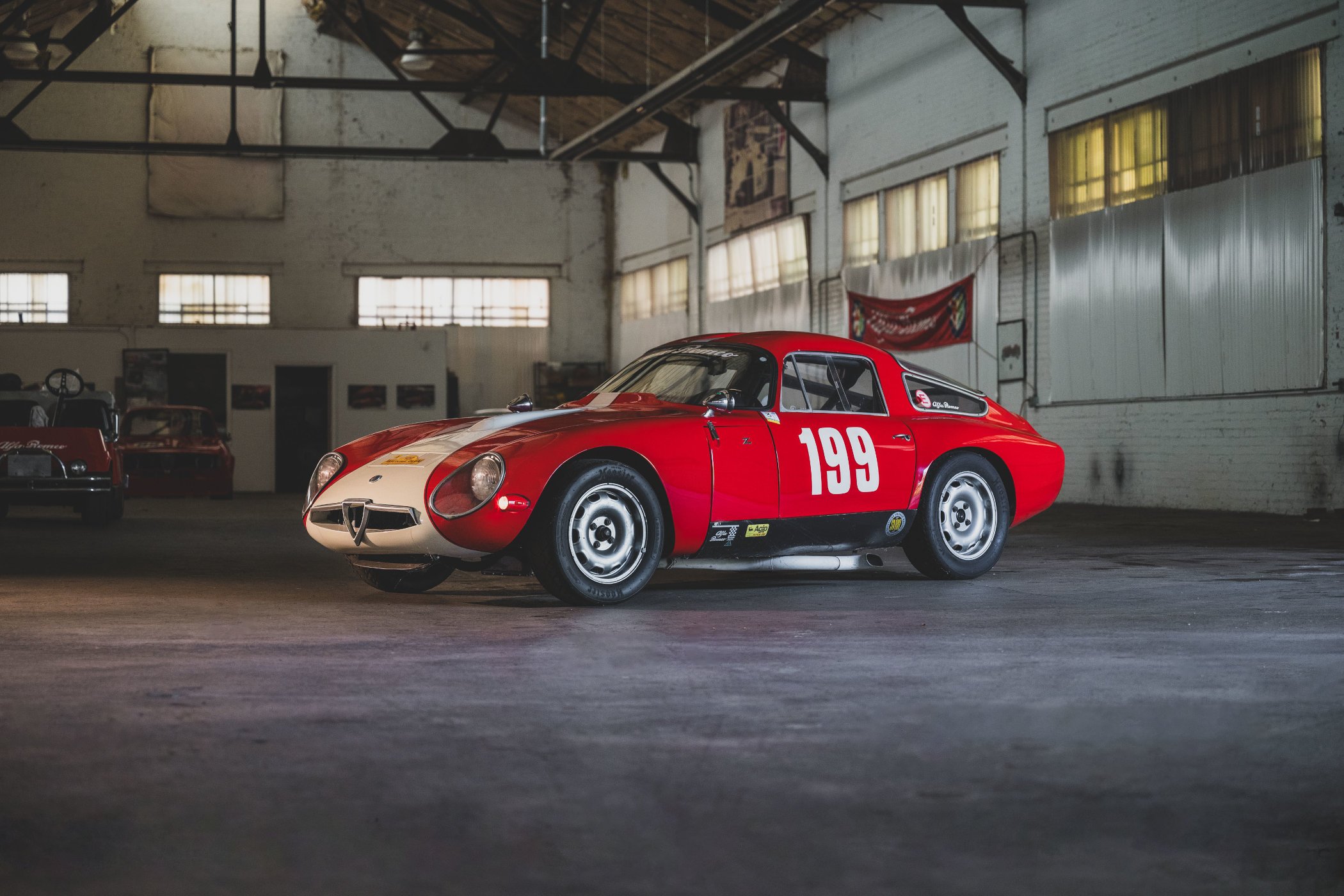

Jeremy Clarkson once announced that they cannot be a real gasoline pot, unless they have had an Alfa Romeo. And although I don't know if this is exactly true, you cannot deny that it is one of the best brands out there. And I do not speak of reliability, depreciation and so on, but of pure, genuine sexual movements. Sure, things could be complicated for the company lately, but during the 115 years of existence it has produced some of the best and most beautiful street and racing cars ever! The Pre-War 6c and 8c series were among the best luxury and sports cars of the time, and cars such as BAT 5, 7 and 11 brought the concept of design to new heights in the 1950s.
But even with simpler cars such as the 105 and 115 series (GT, GTV, GT Junior, GTA), the brand hit the brand in terms of styling and driving pleasure. Alfa Romeo was also very successful in racing, won the Targa Florio six times in the 1930s and was the Millie Miglia between 1928 and 1938. It became four times at Le Mans, became several times in the pre-war Grand Prix race and won the first formulation of the first Formula 1 in 1950 and the following year. All of this makes Alfa Romeo one of the largest automobile manufacturers, regardless of whether it is streets or racing cars that we are talking about in history.
If you switch to the Quadrifoglio collection, it would be a route to go in detail on all 11 cars. And while two from 1970 1750 GTAM, which is widely regarded as one of Alfa's crowns, could be the obvious choice, I went a different way. I simply cannot ignore the breathtaking and ultra-served T33/2 sports prototype from 1968, and I have displayed the beautiful sprint specification from 1964 from 1964, because … Well, you will see in a second!
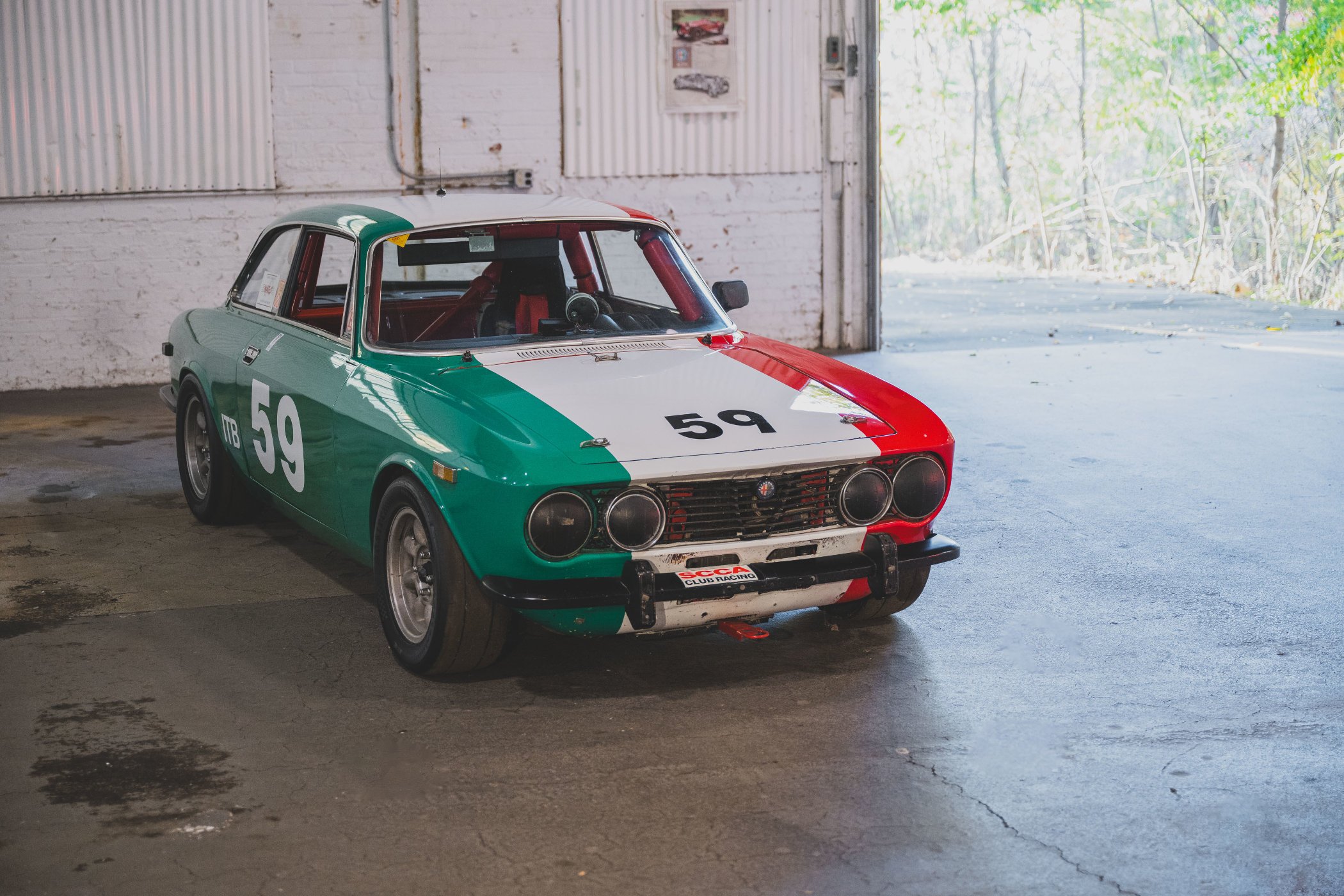

1964 Alfa Romeo Giulia Sprint Special from Bertone
The Italians are known for their flair and their elegance and sometimes come close to the absolute design perfection. The Giulia Sprint Speciale from Bertone is perhaps one of these cars that make a perfect balance from every corner that you look at. From the round headlights and the tip of the winding bike boxes to the partially hidden wheels and from the arched roof line to the short, falling rear section, it is only one thing of beauty! As the name suggests, it was designed by Bertone, which later introduced the wedge -shaped design style for cars such as the Alfa Romeo 33 Carabo and the Lancia Stratos HF Zero.
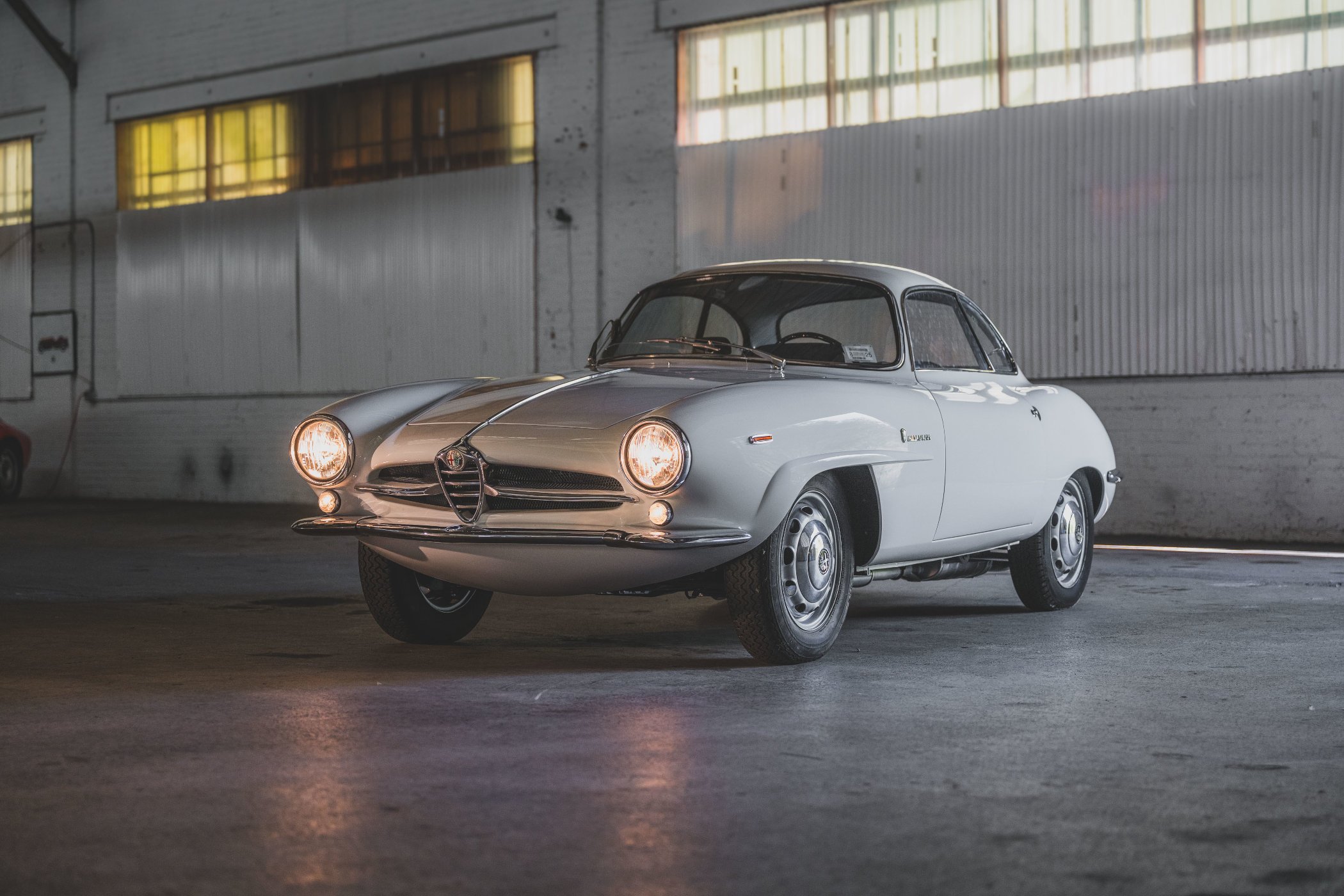

The design of the sprint specification celebrated in 1957 with the Giulietta Sprint Speciale. It is closely related to the famous “Disco Volante” from Coachbuilder Carrozzeria Touring and the aerodynamic bat studies. Until 1963, Alfa Romeo introduced Giulia as a replacement for the Giulietta and mainly revised the design of the car. However, the design of the sprint specification would remain largely unchanged, although Bertone built a prototype of a potential replacement, Giulia Sprint Speciale Bertone Prototipo. The design of the original, which was working for Bertone for Bertone), was a development of the original with a sharper, more modern profile, which included two headlights and a wrap-for-around rear window.
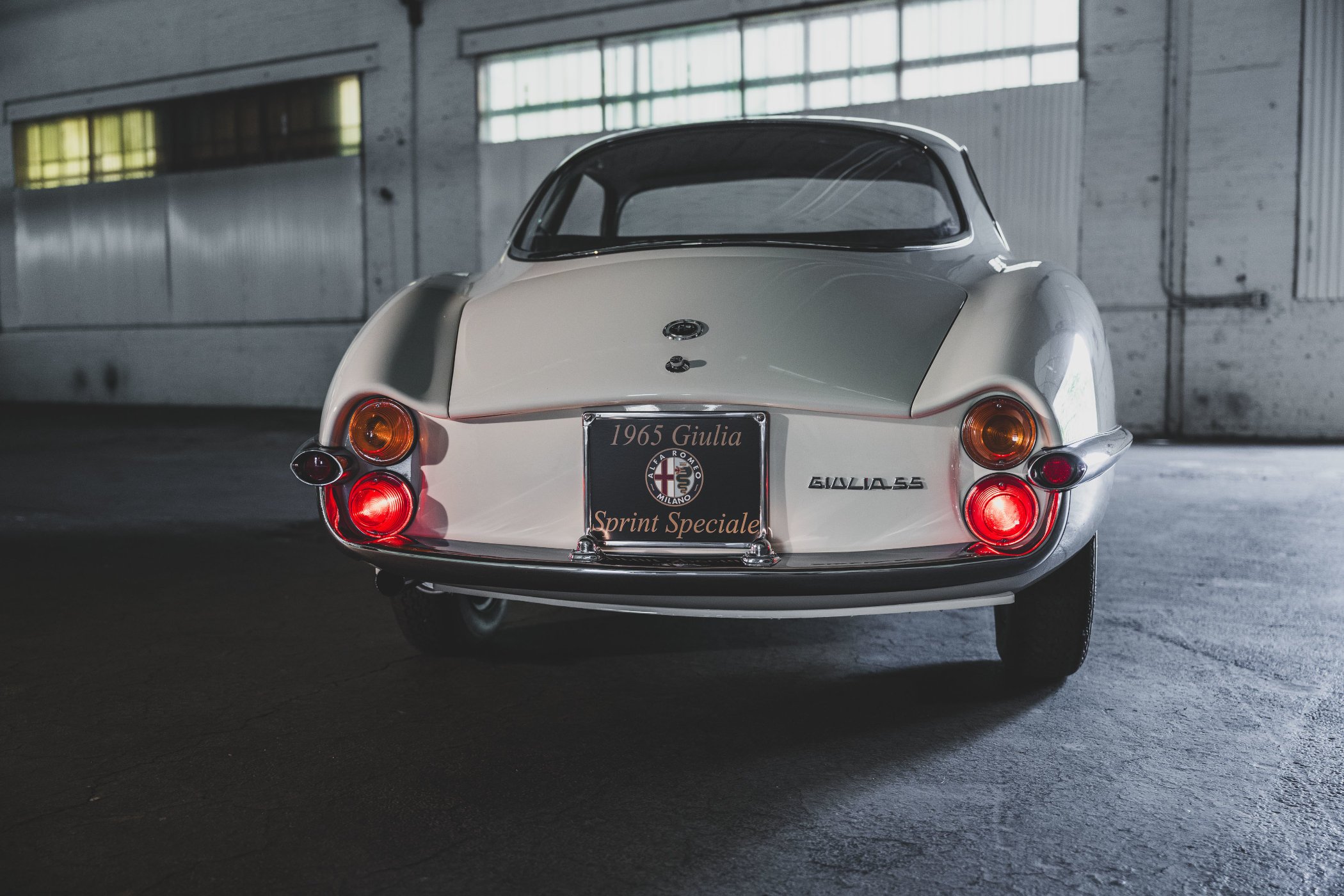

This special car, one of 1,400 Giulia sprint specialties, was now sold to a gentleman in Conselve, Italy, before moving to the USA in the mid-1980s. There it was meticulously attributed to its current state. Since then it has been finished in elegant bianco over dark and light blue padding. The engine is the more effective 1.6-liter twin-cam four-cylinder with double Weber carburettors, with which it was originally advanced and produces about 110 hp. More than enough to gracefully round on the Riviera or explore a few short side street!
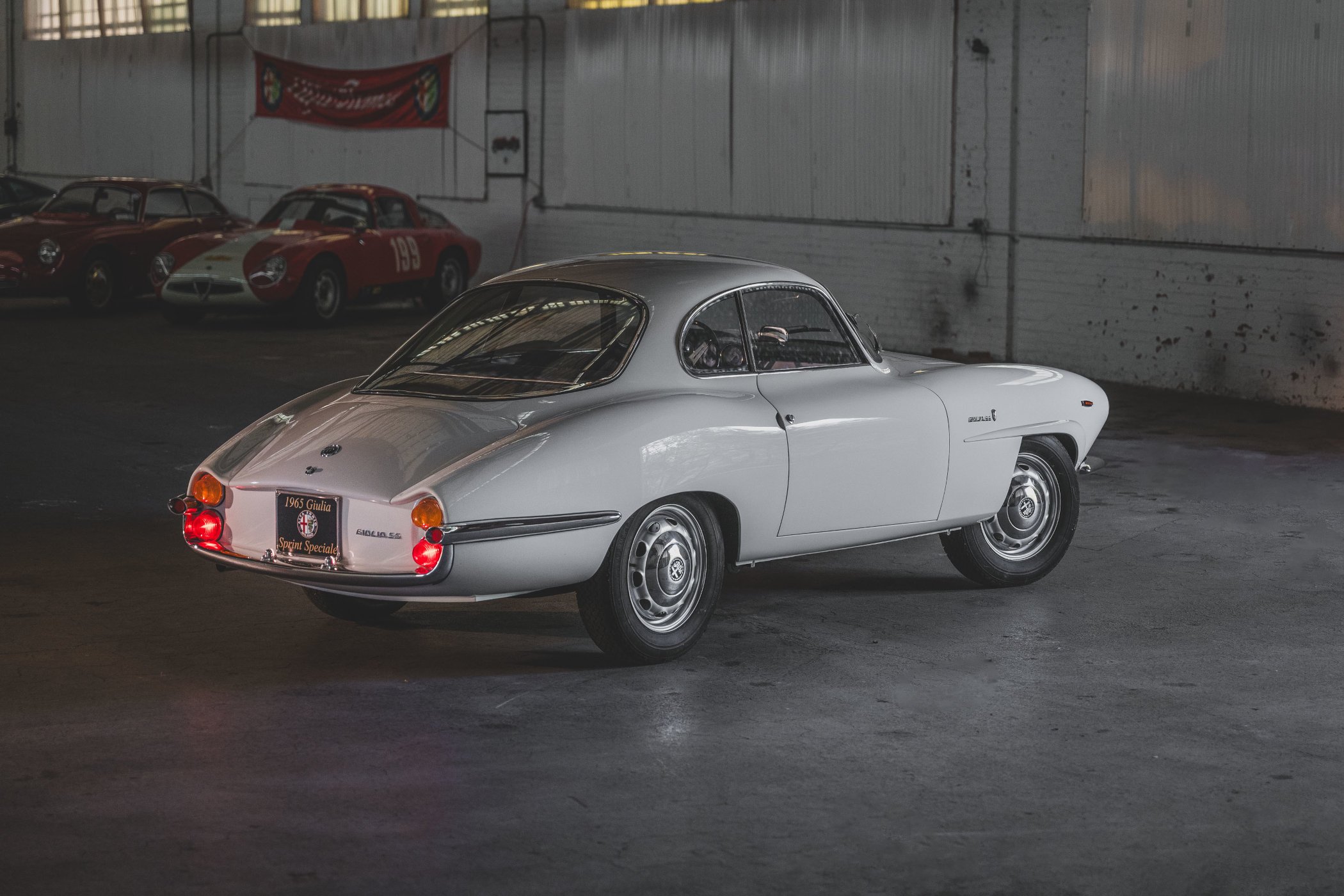

1968 Alfa Romeo T33/2 'Daytona'
In the 1960s, Alfa Romeo was a dominant force in the race. In several disciplines, it was one of the teams, as they say, wherever it appeared. It drove a large number of cars in GT-Spec races around the world in everything, from long-haul roads such as Targa Florio and Mille Miglia. One of the most famous sports prototypes built by Alfa is the Tipo 33 or T33. In 1967 there was his debut after several years of development. Autodelta, the Alfa Romeo factory team of the day, was first used the 2.0-liter inline four-cylinder engine from the TZ-2, which was preceded by it. It was not long after that Autodelta exchanged it for a compact 1,995 -cm3 -V8 and produced about 270 hp.
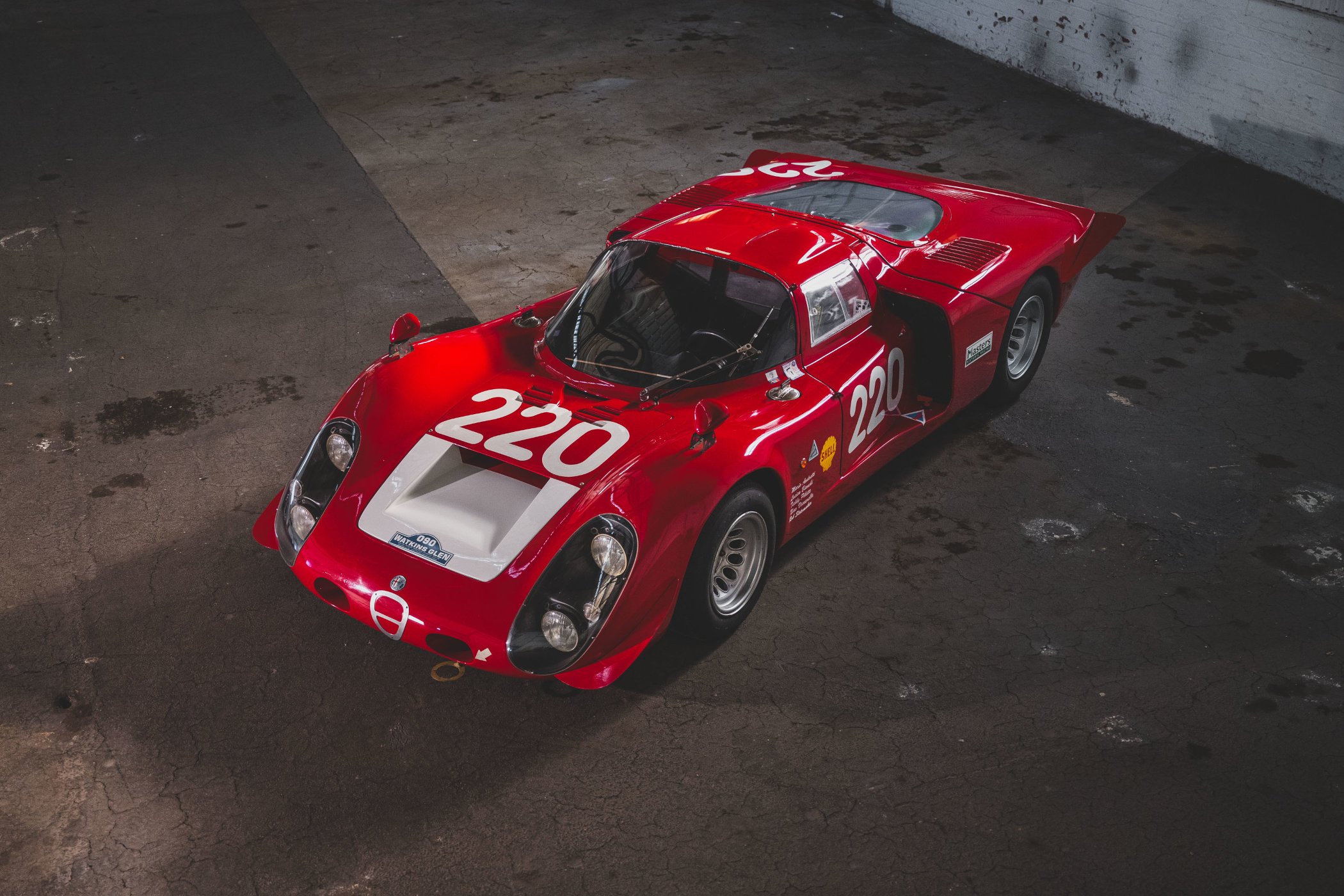

It seemed to be an immediate recipe for success because it won its first race, a Hillclimb event in Fléron, Belgium. However, the car turned out to be quick, yet unreliable and made no impression for the rest of the racing season. For 1968, the car would be strongly revised into the T33/2, which immediately won the 2.0-liter class in the Daytona 24 hours and earned the nickname T33/2 'Daytona'. It came first and second in Targa Florio, won his class in the Nürburgring 1000 km (albeit with a larger engine) and in the same year with 1000 km di Monza.
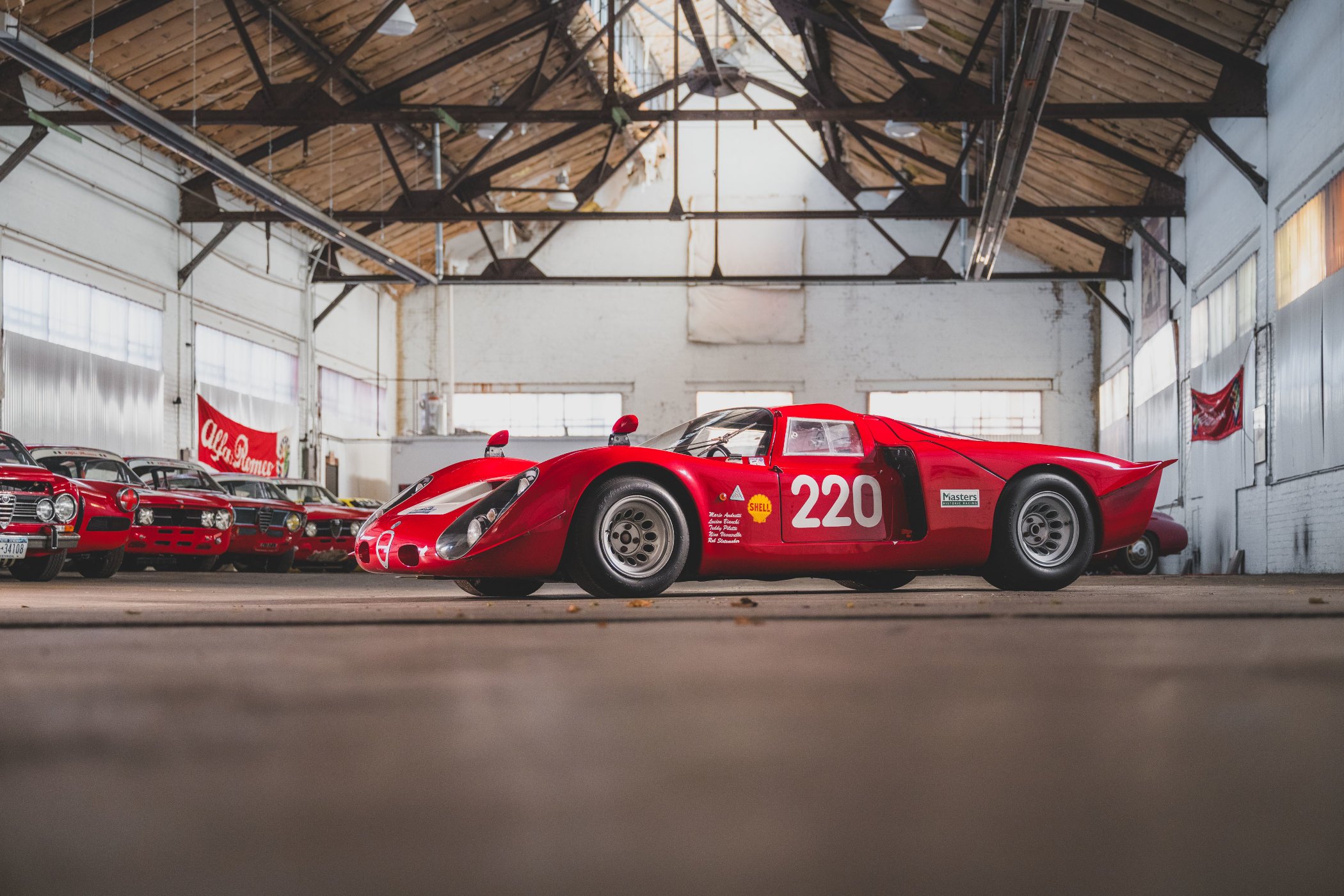

This special car is only one of 10 T33/2S that still exist from 28 cars built. There was his debut in the Daytona 24 hours of 1967, where it was piloted by Lucien Bianchi and Mario Andretti, who took second place in class. It would then be the first of just a handful of T33/2S that would be equipped with the larger 2.5-liter engine before it was entered in the Targa Florio. An unfortunate enema meant retirement for the duo of Nino Vaccarella and Udo Schüttz while it was in second place. The Belgian VDS racing team, which was founded by a descendant of the Stella Artois beer company, would be successfully successful. In recent years it has been restored in its earlier fame without the costs being spared.
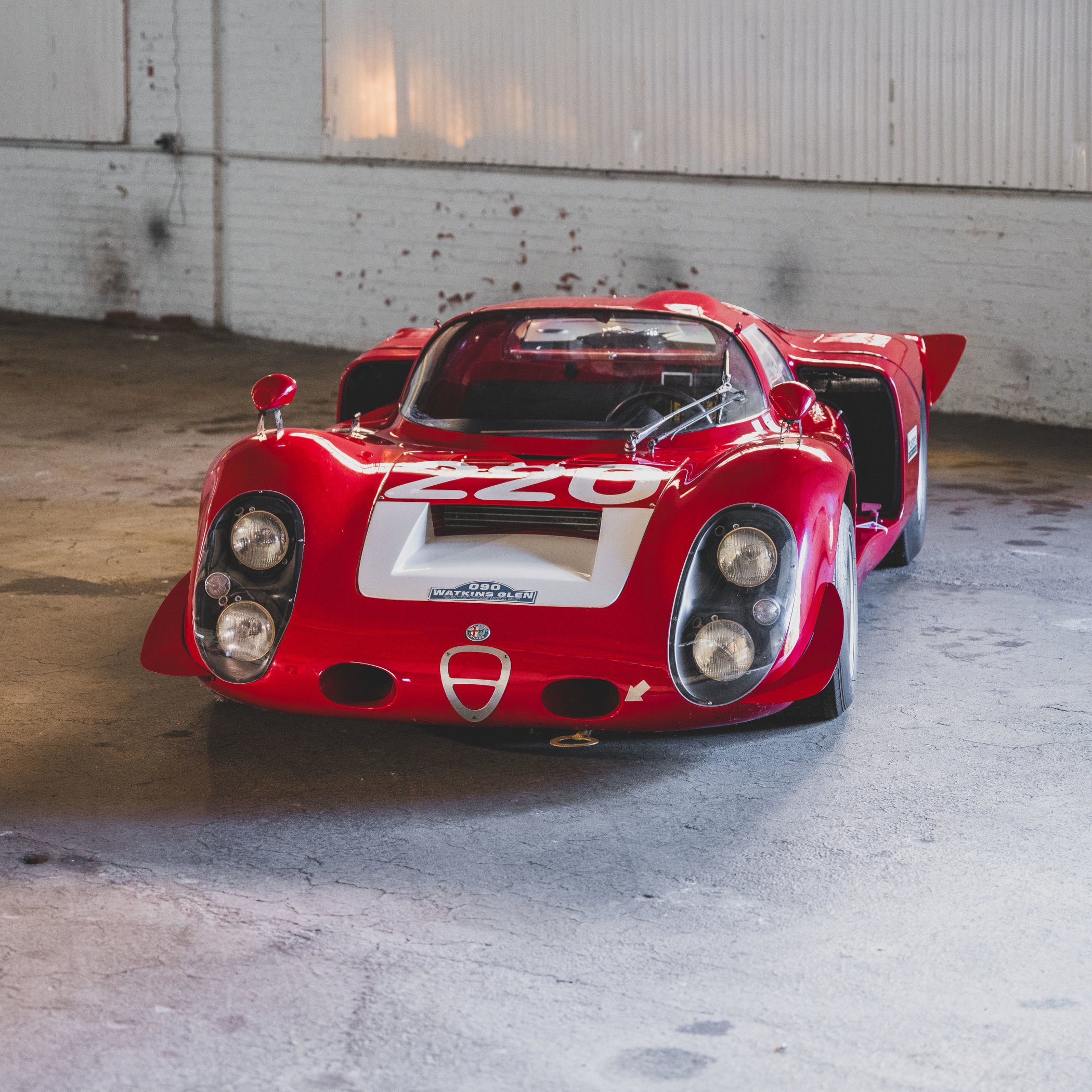

It is now ready in its painting #222, which it was wearing during the Targa Florio from 1967. The T33 platform was further developed and developed into the variants T33/3, T33/4 and TT12 and SC12. The latter versions dominate the 1975 World Cup for Macher (7 of 8 races) and the 1977 World Cup for sports cars (8 out of 8 races). For me, the T33 and in particular the T33/2 generation remains one of the most beautiful Alfa Romeo Sports sports prototypes, although they are not the most successful.
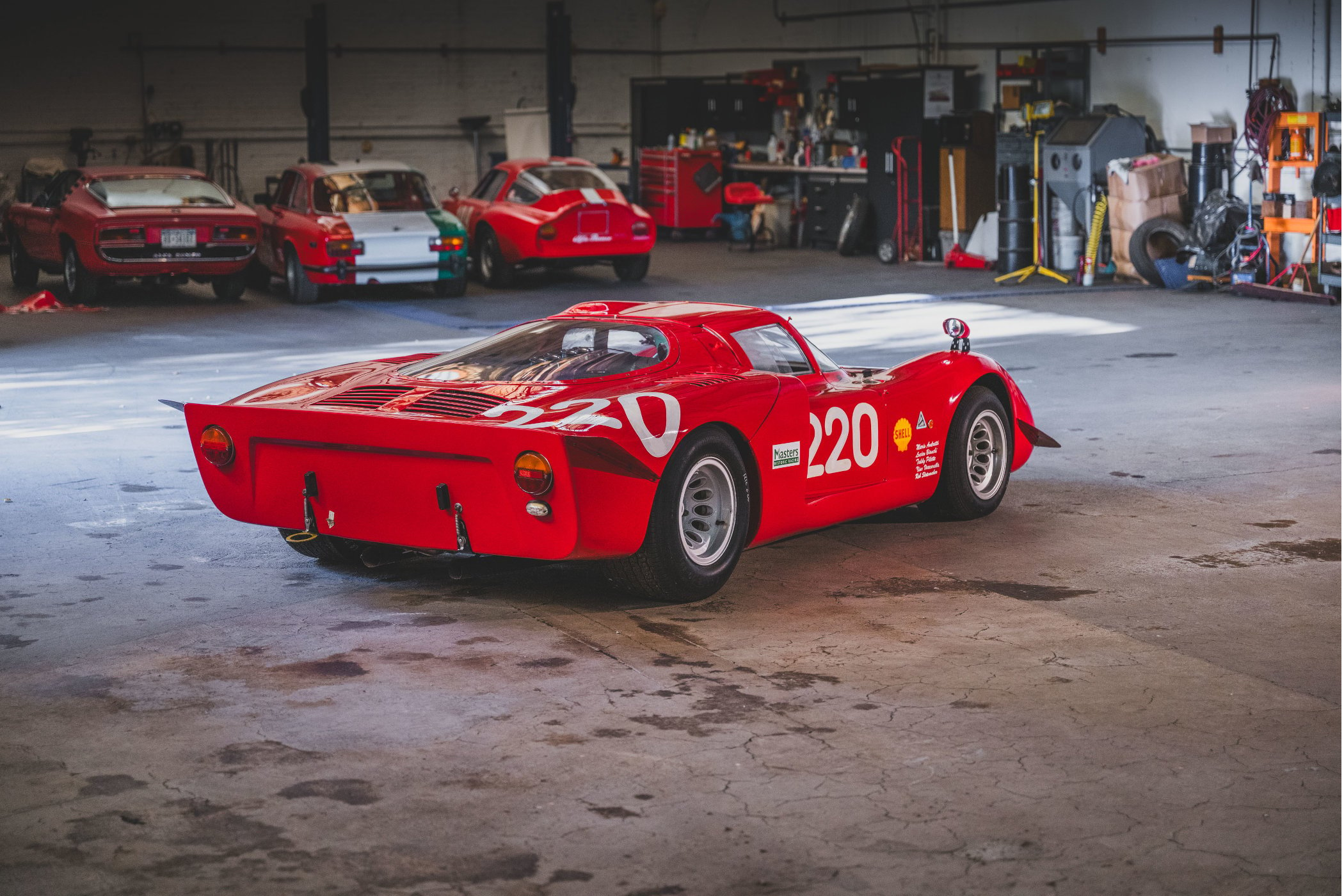

While these two are absolutely astonishing in themselves, the Quadrifoglio collection includes a total of 11 cars. The collection extends almost two decades between 1958 and 1974, which is probably one of the best period in the legendary Italian car manufacturer:
Everyone is offered without a reserve, which sometimes represents a bit of a risk in such a focused collection of brands. The estimates range from USD 20,000 To USD 30,000 For the Giulietta Spring from 1961 by Bertone and USD 400,000 To USD 500,000 For the 1961 Giulietta Sz 'Coda Tronca'. The topless for the collection are of course the Giulia Tz-1 'double bubble, with an estimate of USD 700,000 To USD 900,000 and the T33/2 'Daytona', which has an estimate of USD 1,700,000 To USD 2,000,000. And I would not be surprised for these two if they hit the top estimate! The Monterey Auction Weekend will take place on August 15 and 16, with many beautiful and iconic machines being over the block.
For more information, see RMSothebys.com.
Editorial note: The information and images used in this article come from and are taken with the approval of RM Sotheby's unless otherwise stated.
https://monochrome-watches.com/the-petrolheadcorner-rm-sothebys-quadrifrifoglio-Collection-Alfa-Romeo-giulita-giulia-1-t33-2-sprint-Speciale-berterey-auction/